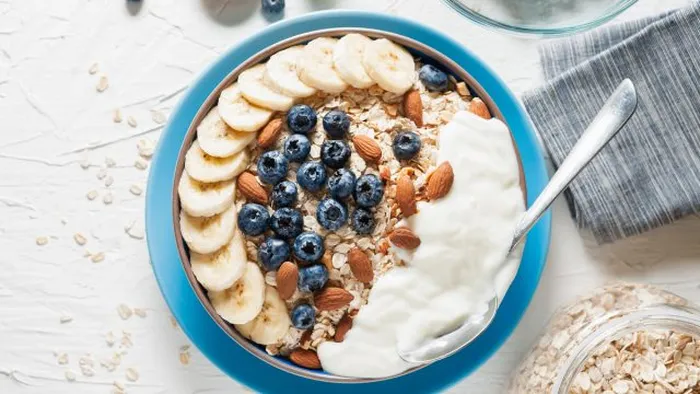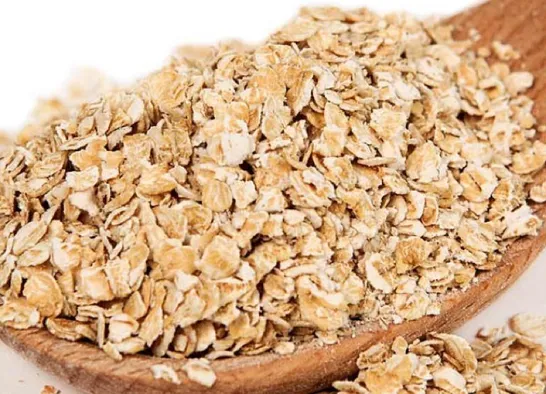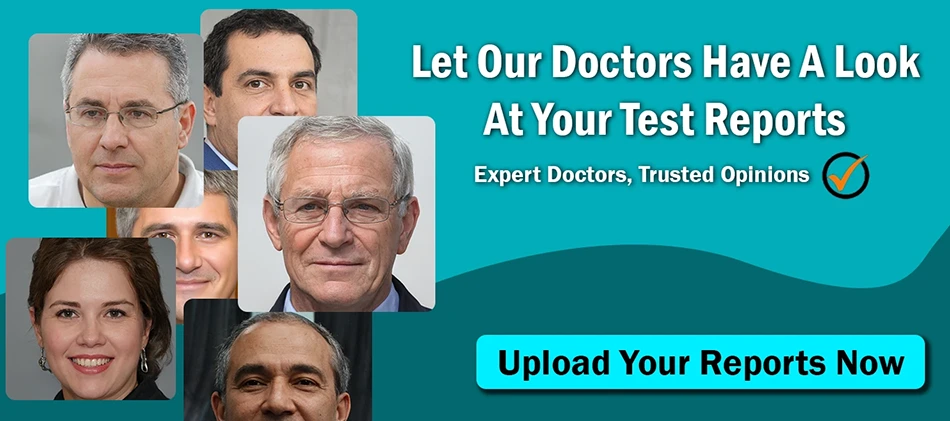Oats, which can be made into oatmeal, contain key nutrients, like fiber, manganese, phosphorus, and zinc. Oatmeal is a popular breakfast choice for many people who want something healthy and relatively fast to prepare to start off the day.
But is oatmeal good for diabetics? What about carbohydrates? And what’s the best type of oatmeal to eat?
Oats have numerous uses in foods; most commonly, they are rolled or crushed into oatmeal, or ground into fine oat flour. Oatmeal is chiefly eaten as porridge, but may also be used in a variety of baked goods, such as oatcakes, and oat bread. Oatmeal is often hailed as a great breakfast option and you might have been told that oatmeal is especially good for people living with diabetes but is that really true?
Is oatmeal a good choice when it comes to diabetes management or will it wreak havoc on your blood sugars?

Oats and type 2 diabetes
Type 2 diabetes is an impairment in the way the body regulates and uses sugar (glucose) as fuel. A switch from white toast to oats is definitely a healthy choice for your diabetes. They’re more satiating and also ensure you start your day the right way, however, make sure you are eating unsweetened oats & not the flavor ones, using low-fat milk or water for preparation and adding healthy toppings over it!
One cup (81 grams) of dry oats contains 7.5 grams of fiber, the recommended daily intake of fiber is 25 grams for women and 38 grams for men. The fiber content is also the key to why oats are often hailed as a great option for people living with diabetes because the fiber in the intestines can slow the absorption of sugar and therefore prevent sharp rises in insulin levels after eating a meal.
More about oats:
Steel-cut oats are best for type 2 diabetes because they are the least processed version of oat groats. The science is all in favor of people living with type 2 diabetes or pre-diabetes eating oatmeal. Eating soluble fiber, such as oats, may help lower blood sugars and potentially reduce the risk of developing diabetes.
Oats contain a specific form of fiber known as beta-glucans. Eating oats for 5-9 weeks can possibly improve fasting blood sugars and insulin levels in people living with type 2 diabetes.
Is Oatmeal a Carbohydrate?
Many people living with diabetes manage their carbohydrate intake tightly to keep blood sugars in a healthy range. One of the main reasons why it can be a little hard to wrap your head around whether oatmeal is good for people living with diabetes is that it’s a carbohydrate and carbohydrates are the nutrients in food that convert to glucose the fastest.

While oats contain very limited natural sugars, it is a carbohydrate and will impact blood sugars to some degree. Often when we think of carbs, we think of bread, candy, and soda but in reality, most foods contain carbs and will impact blood sugars to some degree and the same thing applies to oats. So here’s the thing. Yes, oats are high in carbs. According to the USDA, ½ cup of dry oats (or 1 cup of cooked oats) contains about 27 grams of carbohydrates.
What are oats exactly?
Oat groats are hulled, whole-grain, oat kernels that are broken down through boiling into oatmeal a nutrient-dense hot cereal.
Here’s the nutritional breakdown of a 1/2 cup of oats:
- magnesium: 138 mg
- calories: 303
- phosphorous: 408 mg
- protein: 13 g
- fats: 5 g
- carbohydrates: 52 g
- total fiber: 8 g
- calcium: 42 mg
- iron: 4 mg
- potassium: 335 mg
- zinc: 3 mg
Types of oatmeal
When it comes to oatmeal, though, choose your oats carefully. Some forms of oats are better choices than others, based on how they are processed. Some types of oats are:
Whole oats (groats)
These are the least processed form of oats. The husk is removed from the oat kernel, but the bran and germ layers remain. They can take up to an hour to cook and they have a chewy, nutty flavor.
Rolled oats
Rolled oats are a type of lightly processed whole-grain food. Also called “old-fashioned” oats, rolled oats are made by flattening and steaming oat groats rather than cutting them. These oats cook more quickly than steel-cut oats. They are used often in baking.
Steel-cut oats
Also called Irish oatmeal, steel-cut oats are made by taking whole oats and chopping them into two to three pieces using steel blades. The texture of steel-cut oats is coarse and chewy with a nutty flavor. Because steel-cut oats are spared processing steps, they have a lower glycemic index than rolled oats, making it more difficult for digestive enzymes to break down the starch found in them.
This, in turn, slows the conversion of the starches to sugar in the body, and your belly stays happily satisfied. Steel-cut oats are very hearty and will fill you up, but they require a longer cooking time than other types of oats.
Scottish oats
Scottish oats are oat groats that are ground into a meal. The grind size is slightly larger than flour but still relatively fine. As a result, Scottish oats are finely ground and will make a creamy, smoother texture than steel-cut oats. Scottish oats are a good choice if you are making bread or muffins.
Some other benefits of oats

Oats are a good source of long-term energy. That’s because they’re packed with B vitamins, iron, and manganese, which help power the body’s natural energy production system. Fiber-rich foods help regulate digestion. Remember those beta-glucans that help reduce cholesterol? They also boost the growth of good bacteria in the digestive tract.

